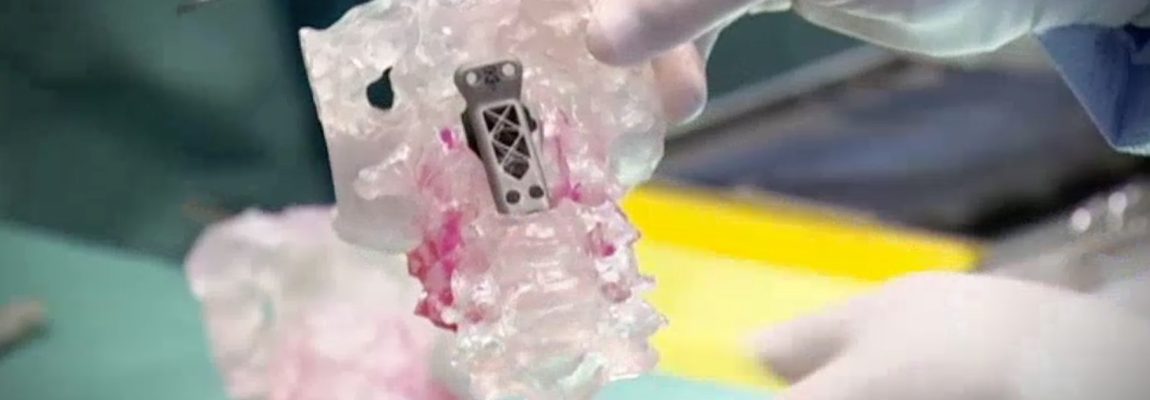The 3-D printer is a relatively new invention that has greatly impacted manufacturing. 3-D printing, also known as additive manufacturing, layers various materials, particularly plastics, to create a three-dimensional object from a computer file. It creates extremely precise structures and when applied to the medical field, 3-D printing provides doctors with an alternative method to bone replacement.
Prior to 3-D printing, the best method to treating people in need of a bone replacement was to remove a piece of bone from somewhere else in the patient’s body and cut it the general shape needed, often referred to as an autogenous bone graft. Although this method works for replacements that are fairly straightforward, reshaping a bone to fit the subtle curves in areas like the spine and face have proven to be difficult. Autogenous bone grafting has a high incidence of pain and infection, but with the creation of 3-D printing, doctors can now precisely recreate a bone to mimic the necessary shape for the replacement and reduce spinal patient morbidity.
As demonstrated by Australian neurosurgeon, Ralph Mobbs, 3-D printing can be utilized to treat patients with chordoma, a rare type of cancer that occurs in the bones of the spine, skull, and head. One case that Dr. Mobbs treated involved a man who had a tumor between two specialized vertebrae called the atlas and axis, which are heavily involved in the support and rotation of the head. According to Dr. Mobbs, if left untreated, the tumor would have eventually caused the patient to lose the function of his arms and legs, and then his ability to breathe and eat, but Mobbs was able to treat the cancer with to 3-D printing.
Recruiting the help of a medical device company, Dr. Mobbs was able to create a custom 3-D printed titanium implant for the patient’s surgery. This surgery was the first of its type and was a success. However, there are many challenges with this type of surgery and more research needs to be performed before any type of spinal replacement can be considered standard of care.
Dr. Banco is a board-certified, fellowship-trained orthopaedic spinal surgeon. He attended medical school at Jefferson Medical College followed by an orthopaedic surgery residency at Thomas Jefferson University Hospital, both in Philadelphia. Dr. Banco performed his spinal fellowship at The New England Baptist Hospital in Boston, MA. Dr. Banco is on the Editorial Review Board for “The Journal of Spinal Disorders and Techniques.”

